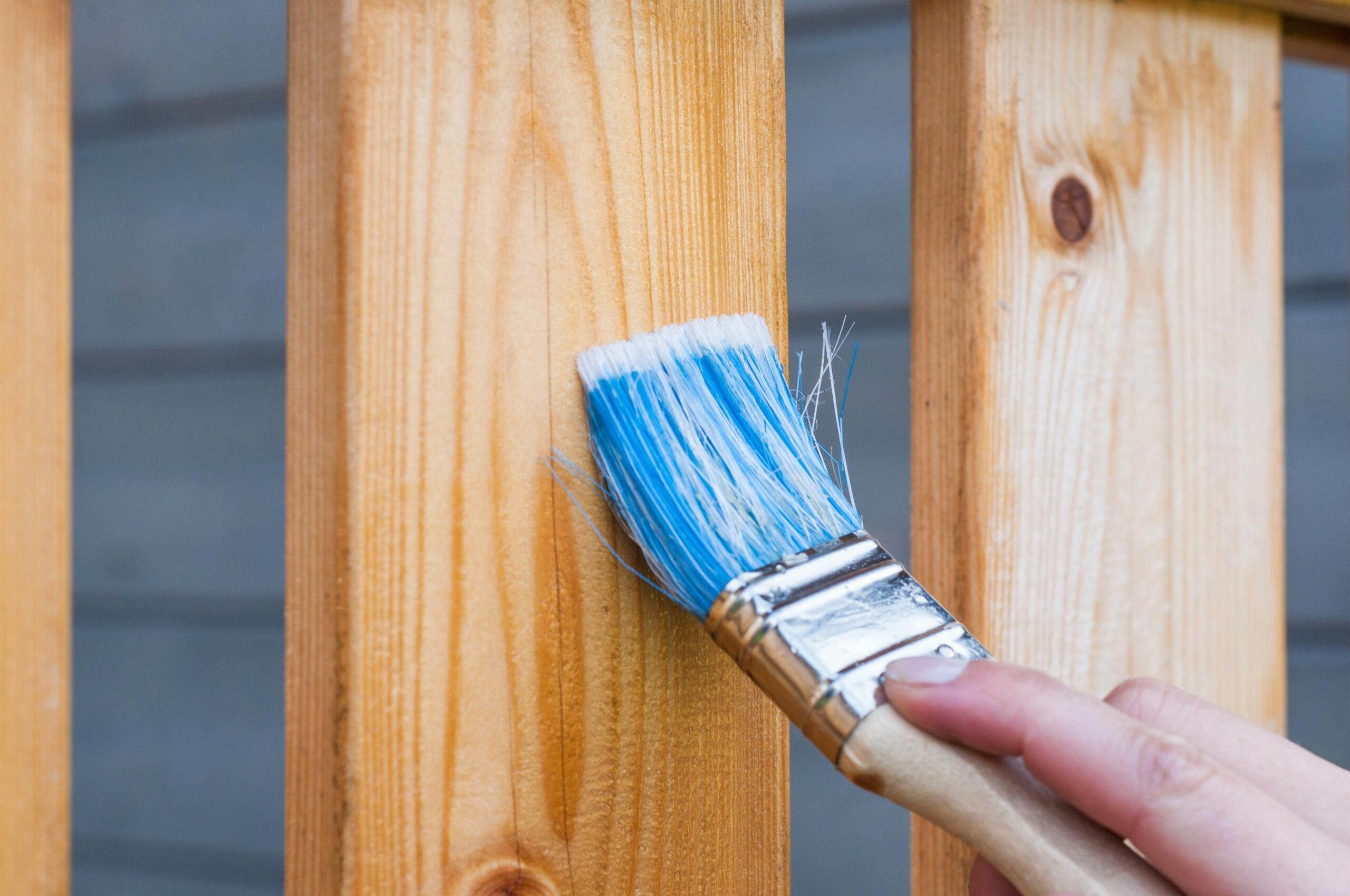Acrylic paint is a versatile and popular choice for transforming wood furniture due to its durability, ease of use, and vibrant color options. Whether you’re a seasoned DIY enthusiast or a professional painter, applying acrylic paint on wood furniture requires careful preparation and technique to achieve a flawless finish. Here are ten essential tips to ensure your acrylic paint on wood furniture is a success:

- Choose the Right Acrylic Paint: Select high-quality acrylic paint specifically designed for use on wood surfaces. Look for paints that offer good coverage and adhere well to wood, ensuring long-lasting results.
- Prepare the Wood Surface: Proper preparation is crucial for a smooth and professional-looking finish. Start by cleaning the wood furniture thoroughly to remove dust, dirt, and any existing finish. Sand the surface lightly with fine-grit sandpaper to create a slightly rough texture, which helps the paint adhere better.
- Prime the Wood: Applying a primer designed for wood seals the surface, prevents wood tannins from bleeding through, and improves paint adhesion. Choose a primer that is compatible with acrylic paint and follow the manufacturer’s instructions for application and drying times.
- Use the Right Brushes or Rollers: Select high-quality brushes or rollers suitable for acrylic paint on wood furniture. For furniture with intricate details, use smaller brushes to ensure even coverage. Foam rollers are ideal for larger, flat surfaces, providing a smooth finish without brush marks.
- Apply Thin Coats of Acrylic Paint: Avoid applying thick coats of acrylic paint, as they can lead to drips, uneven drying, and a less durable finish. Instead, apply multiple thin coats, allowing each coat to dry completely before applying the next one. This technique results in a smoother and more professional-looking finish.
- Sand Between Coats (Optional): For an ultra-smooth finish, lightly sand the surface with fine-grit sandpaper between coats of acrylic paint. This helps to remove any imperfections, such as brush marks or dust particles, and ensures each subsequent coat adheres well.
- Allow Sufficient Drying Time: Patience is key when painting wood furniture with acrylic paint. Ensure each coat of paint is fully dry before applying the next coat or handling the furniture. Rushing the drying process can result in smudges, fingerprints, or uneven texture.
- Protect the Painted Surface: Once the acrylic paint has dried completely, consider applying a clear protective finish, such as polyurethane or acrylic varnish, to safeguard the painted surface from scratches, moisture, and UV damage. Choose a finish that complements the sheen of your acrylic paint (e.g., matte, satin, or gloss).
- Handle with Care During Cure Time: Even after the paint feels dry to the touch, allow it to cure fully as per the manufacturer’s recommendations before placing any objects on the furniture or using it regularly. This curing time ensures the paint hardens and becomes more durable over time.
- Maintain and Touch Up as Needed: To preserve the beauty of your acrylic paint on wood furniture, clean it regularly with a soft cloth or gentle cleanser to remove dust and dirt. For minor scratches or wear, touch up the paint using the same acrylic paint color and technique to maintain a seamless finish.

In conclusion, applying acrylic paint on wood furniture can enhance its appearance and durability when done with proper preparation and technique. Whether you’re refinishing an old piece or adding a pop of color to new furniture, following these tips will help you achieve professional results that showcase the beauty of acrylic paint on wood furniture.
Also Read: What is the Best Wood for Furniture in the Home | Type of Wooden Furniture
For expert wood polishing, wall textures, and painting services, including acrylic paint on wood furniture, contact Painting Drive. Our experienced team ensures high-quality finishes that transform interiors and exteriors with precision and style.




